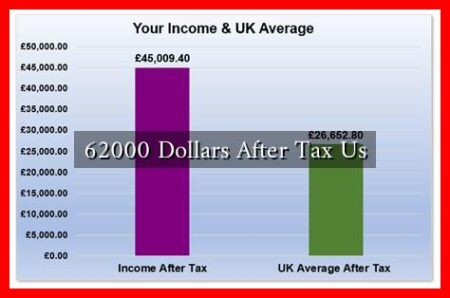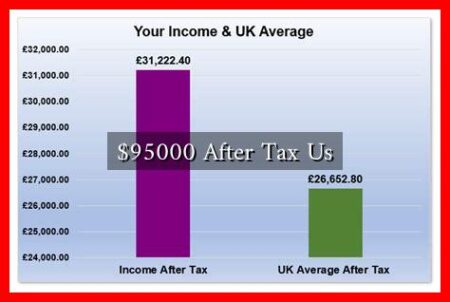-
Table of Contents
Taxes Us By State: A Comprehensive Overview
Understanding the tax landscape in the United States can be a daunting task, especially given the variations from state to state. Each state has its own tax laws, rates, and regulations, which can significantly impact residents and businesses alike. This article aims to provide a detailed overview of state taxes, highlighting key differences, examples, and implications for taxpayers.
The Types of Taxes in the U.S.
In the U.S., taxes can be broadly categorized into several types:
- Income Tax: Levied on individual and corporate earnings.
- Sales Tax: Applied to the sale of goods and services.
- Property Tax: Based on the value of owned property.
- Excise Tax: Imposed on specific goods, such as gasoline and tobacco.
- Estate Tax: Charged on the transfer of wealth after death.
State Income Tax: A Closer Look
State income tax is one of the most significant taxes affecting individuals and businesses. As of 2023, 41 states and the District of Columbia impose a state income tax, while 9 states do not. Here’s a breakdown of some notable states:
- California: Known for its progressive tax system, California has a top income tax rate of 13.3%, the highest in the nation.
- Texas: Texas is one of the nine states with no state income tax, making it attractive for high earners and businesses.
- New York: New York has a progressive tax rate that can reach up to 10.9% for high-income earners.
- Florida: Like Texas, Florida does not impose a state income tax, contributing to its popularity among retirees and businesses.
Sales Tax Variations Across States
Sales tax is another critical revenue source for states, with rates varying widely. The average state sales tax rate is around 6.5%, but some states have significantly higher rates. For example:
- California: The base sales tax rate is 7.25%, but local jurisdictions can add additional taxes, leading to rates as high as 10.25% in some areas.
- Delaware: Delaware is unique in that it does not impose a sales tax, making it a popular shopping destination for residents of neighboring states.
- New York City: The combined state and local sales tax rate can reach 8.875%, one of the highest in the country.
Property Taxes: A Local Affair
Property taxes are primarily levied at the local level and can vary significantly even within a state. According to the Tax Foundation, New Jersey has the highest average property tax rate in the nation at 2.21%, while Hawaii has the lowest at 0.28%. Factors influencing property tax rates include:
- Local government budgets and funding needs.
- Property values and market conditions.
- State laws regarding property tax assessments.
Case Studies: Tax Implications for Residents
To illustrate the impact of state taxes, consider the following case studies:
- Case Study 1: A High Earner in California – A resident earning $200,000 annually would pay approximately $16,600 in state income tax, significantly impacting their take-home pay.
- Case Study 2: A Retiree in Florida – A retiree with a fixed income benefits from no state income tax, allowing them to stretch their retirement savings further.
Conclusion: Navigating the Tax Landscape
Understanding state taxes is crucial for effective financial planning. With significant variations in income, sales, and property taxes, residents must consider their state’s tax structure when making decisions about where to live and work. States like Texas and Florida offer tax advantages that can be appealing, while states like California and New York may impose higher tax burdens. For more detailed information on state taxes, you can visit the Tax Foundation.
In summary, being informed about state taxes can empower individuals and businesses to make better financial decisions, ultimately leading to improved economic well-being.


